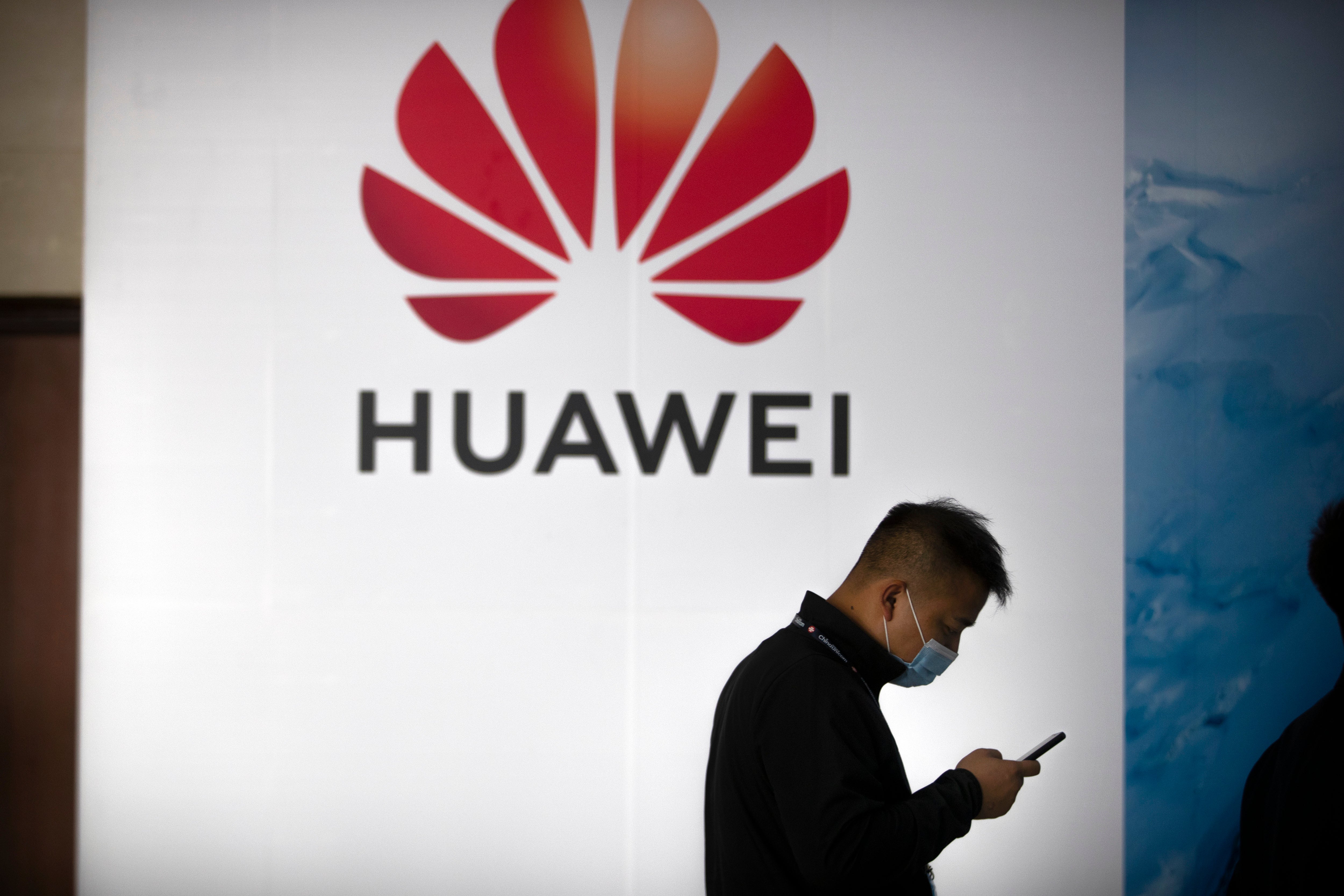Huawei sales up, but growth slows under virus, US pressure
Chinese tech giant Huawei says its revenue rose 9.9% in the first nine months of this year, but growth slowed due to U.S. sanctions and the coronavirus pandemic

Your support helps us to tell the story
From reproductive rights to climate change to Big Tech, The Independent is on the ground when the story is developing. Whether it's investigating the financials of Elon Musk's pro-Trump PAC or producing our latest documentary, 'The A Word', which shines a light on the American women fighting for reproductive rights, we know how important it is to parse out the facts from the messaging.
At such a critical moment in US history, we need reporters on the ground. Your donation allows us to keep sending journalists to speak to both sides of the story.
The Independent is trusted by Americans across the entire political spectrum. And unlike many other quality news outlets, we choose not to lock Americans out of our reporting and analysis with paywalls. We believe quality journalism should be available to everyone, paid for by those who can afford it.
Your support makes all the difference.Chinese tech giant Huawei one of the biggest makers of smartphones and switching equipment, said Friday its revenue rose 9.9% in the first nine months of this year, but growth decelerated in the face of U.S. sanctions and the coronavirus pandemic.
Huawei Technologies Ltd., gave no sales figure for the most recent quarter ending in September, but growth for the first three quarters was down from the 13.1% reported for the first half of the year.
Huawei is struggling with U.S. sanctions that cut off its access to most American technology and components in a feud with Beijing over technology and security. The White House says Huawei is a threat and might facilitate Chinese spying, which the company denies.
Washington also is tightening curbs on access to U.S. markets or technology for other Chinese tech companies including telecom equipment maker ZTE Corp., video service TikTok and messaging app WeChat.
The conflict has fueled fears the global market might be dividing into competing U.S. and Chinese technology spheres with incompatible standards. Industry analysts warn that would slow down innovation and raise costs.
Executives have warned Huawei’s smartphone and network equipment sales would be affected. The company has launched smartphones based on its own chips and other components and says it is removing U.S. technology from its products.
On Thursday, the company unveiled its latest smartphone, the Mate 40, based on Kirin 9000 chips developed by Huawei.
Sales in the first nine months of 2020 rose to 671.3 billion yuan ($100.4 billion), Huawei reported. It said net profit was 8%, down from the first half’s 9.2% margin.
The company gave no details of its smartphone shipments. Sales outside China have weakened because its handsets no longer come preloaded with Google’s popular music, maps and other features. But sales growth in China, where Huawei phones already used local alternatives, have grown sharply.
Huawei’s global market share in smartphones rose to 19.6% in the three months ending in June, up from 17.7% a year earlier, according to Canalys. That was driven by strength in its home market, where Huawei had a 51% market share and sales rose 32% to 14.5 million handsets.
Huawei is owned by its Chinese employees who make up about 60% of its global workforce of 194,000. It began reporting financial results a decade ago in an attempt to appear more transparent and mollify foreign security fears.